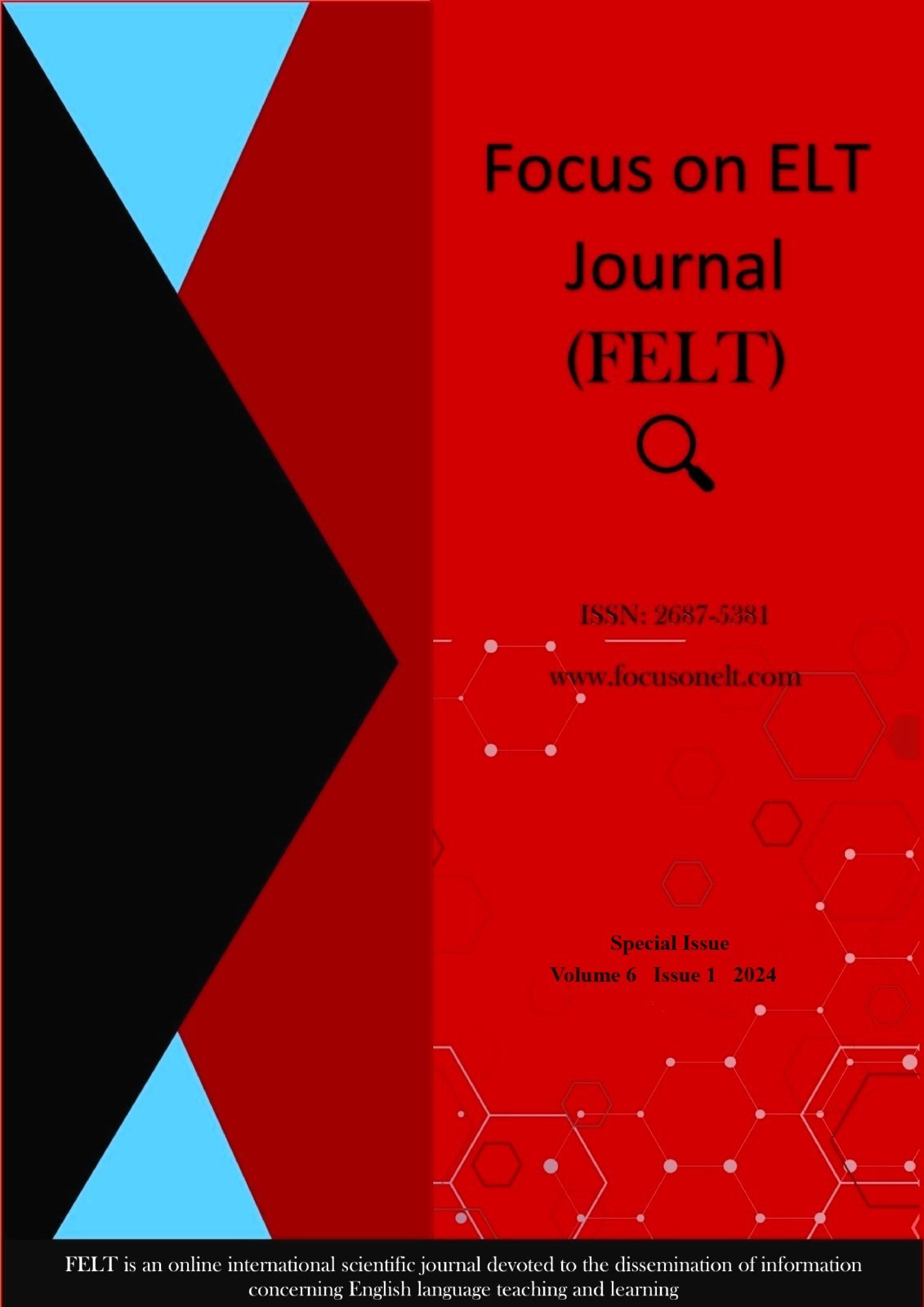Fostering writing proficiency in LSP courses: Integrating audio and video lectures to enhance academic listening and writing skills
Main Article Content
Abstract
In comparison to productive skills, primarily speaking, listening has long held the Cinderella skill status in foreign language teaching. However, there is a noticeable change in that trend as nowadays there is more research, literature, and guidance on how listening can be taught more effectively. This paper explores one specific type of listening used in LSP courses, i.e. audio and video lectures. Lectures provide students with a general overview of a topic and thus present a starting point for further study at university. In LSP courses lectures in a foreign language can significantly contribute to learning that foreign language in terms of pronunciation and vocabulary, and can be used as an input for writing assignments, reading, or speaking activities. Thus, the main focus of the paper is on combining listening and writing, more precisely on how short audio and video lectures can be used in LSP courses to enhance students' writing skills. By listening to lectures students can, for example, learn how to take notes efficiently, and then use these notes to write an outline, a paragraph, an essay, or a lecture summary. Accordingly, the paper presents activities that can be implemented in LSP classes.
Metrics
Article Details

This work is licensed under a Creative Commons Attribution-NonCommercial-NoDerivatives 4.0 International License.
References
Boch, F., & Piolat, A. (2005). Note Taking and Learning: A Summary of Research. The WAC Journal, 16, 1-13.
https://doi.org/10.37514/WAC-J.2005.16.1.08
Brecht, D. H. (2012). Learning from Online Video Lectures; Journal of Information Technology Education. Innovations in Practice, 11, 227-250. https://doi.org/10.28945/1712
Brown, S. (2006). Teaching Listening. Cambridge University Press.
Bruzzano, C. (2021). Listening in English as a foreign language: a multiple case study of teachers’ and learners’ practices and beliefs in an Italian secondary school. PhD Thesis, University of Leeds. White Rose eTheses Online. https://etheses.whiterose.ac.uk/28906/ (https://etheses.whiterose.ac.uk/28906/)
Cambridge Dictionary. https://dictionary.cambridge.org, n.d.
Charlton, B. G. (2006). Lectures Are an Effective Teaching Method Because They Exploit Human Evolved "Human Nature" to Improve Learning-Editorial. Medical Hypotheses, 67, 1261-1265.
https://doi.org/10.1016/j.mehy.2006.08.001
Cornell University Website (2023), The Cornell Note Taking System – Learning Strategies Center
https://lsc.cornell.edu/how-to-study/taking-notes/cornell-note-taking-system/
Dubac Nemet, L., & Lokotar Vojnović, E. (2024). Utilizing videoclips and content-based practice sheets to address hypertension in nursing and dental English courses. Focus on ELT Journal, 6(1), 119-134. https://doi.org/10.14744/felt.6.1.9
Field, J. (2008). Listening in the Language Classroom. Cambridge University Press
https://doi.org/10.1017/CBO9780511575945
Jalongo, M. (2010, March). Listening in Early Childhood: An interdisciplinary review of the literature. Paper presented at the Annual Meeting of the International Literacy Association, Albuquerque, NM. https://doi.org/10.1080/10904010903466279
Jelovčić, I., & Ćirić, J. (2013). Academic listening in language for Academic purposes / Proceedings of the Sixth International Conference on the Importance of Learning Professional Foreign Languages for Communication between Cultures, Celje, Slovenia, 19 and 20 September 2013, 97-104.
Jelovčić, I., & Miholjančan, T. (2017). Teaching Academic Writing in ESP Courses: The Power of the Paragraph. Languages for Specific Purposes in Higher Education. Current Trends, Approaches, and Issues. Conference proceedings edited by: Martina Vránová, Dita Gálová, and Dagmar Červenková. Brno. 10-11 November 2017, 31-36.
Kiewra, K. A. (1987). Notetaking and review: The research and its implications. Instructional Science, 16(3), 233–249. https://doi.org/10.1007/BF00120252
Kisslinger, E. (2009). Contemporary Topics 2. Academic listening and note-taking skills. 3rd ed. Rost, M. (ed.) Pearson Education ESL.
Kline, J. A. (1996). Listening Effectively. Air University Press. https://doi.org/10.21236/ADA421888
Li, M., Yang, Y., & Chen, H. (2010). Using Mind Maps as a Strategy for Vocabulary Acquisition in Chinese Universities. In Computational Intelligence and Software Engineering (CiSE), 2010 International Conference on IEEE, 1-3. https://doi.org/10.1109/CISE.2010.5677128
Nunan, D. (1997). Listen In: A three-level listening series. Thomson Learning.
Nunan, D. (2001). New Ways in Teaching Listening. TESOL Vol 8 2001 C6.pdf. 51-66
Oxford Languages. https://languages.oup.com/dictionaries, n.d.
Pauk, W. & Owens, R. J. Q. (2010). How to Study in College (10 ed.). Wadsworth
Piolat A, Olive T., & Kellogg R.T. (2005). Cognitive effort during note-taking. Applied Cognitive Psychology 19(3), 291-312. https://doi.org/10.1002/acp.1086
Seal, B. (1997). Academic encounters: reading, study skills, and writing. Content focus: Human behavior. Cambridge University Press.
Spear-Swerling, L. (2020). Listening comprehension, the Cinderella skill: Giving the neglected stepchild her due. Perspectives on Language and Literacy, 42, 9-16.
Vandergrift, L. (1997). The Cinderella of Communication Strategies: Reception strategies in interactive listening. The Modern Language Journal, 81, 494-505.

